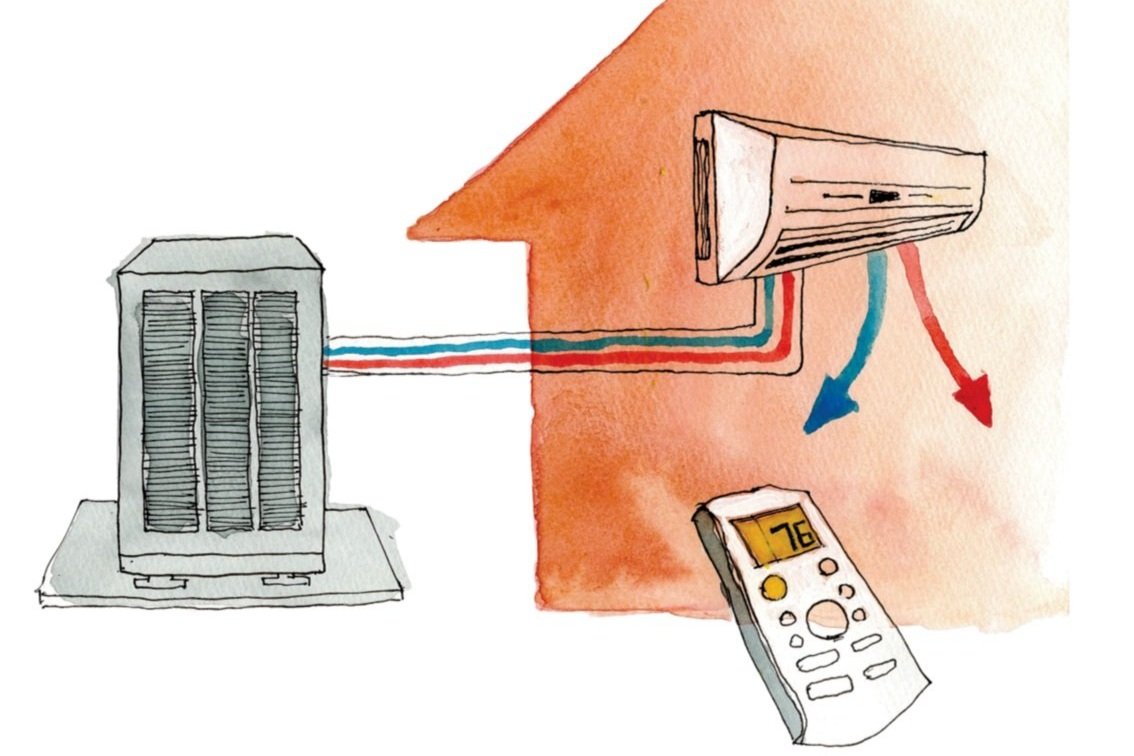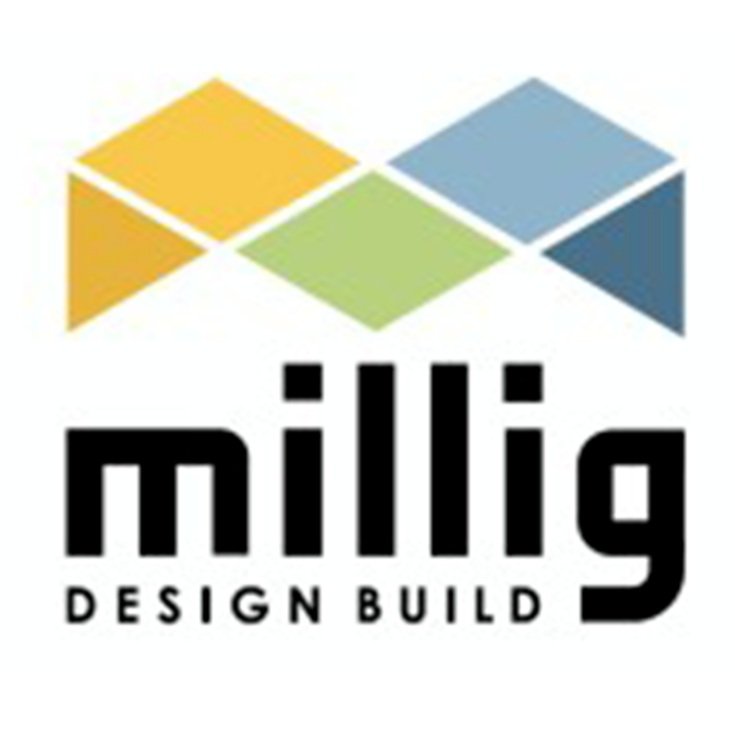
By Amy McVey
About Mini-Split Heat Pumps
A mini-split heat pump, also known as a ductless mini-split, is a type of heating, ventilation, and air conditioning (HVAC) system that uses a small outdoor unit connected to one or more wall- or ceiling-mounted indoor units. The outdoor unit contains the compressor and the condenser, while the indoor unit contains the evaporator.
The heat pump works by using a refrigerant to absorb heat from the outdoor air or ground and then transfer it to the indoor air. In the heating mode, the refrigerant absorbs heat from the outdoor air or ground and then transfers it to the indoor air, which is then distributed throughout the building. In the cooling mode, the process is reversed, and the refrigerant absorbs heat from the indoor air and transfers it to the outdoor air or ground.
Mini-split heat pumps are typically used in residential and small commercial buildings and are a good choice for buildings that do not have existing ductwork or for buildings with limited space for a central HVAC system. Mini-splits are not designed to be utilized as a primary heating and cooling source in densely occupied areas.
Unlike split system furnaces, these mini-split heat pump systems do not allow any amount of ventilation air to be introduced into a space without a decoupled dedicated outdoor air system (DOAS).
Advantages of Mini-Split Heat Pumps:
Easy to install in small spaces
An inexpensive way to add supplemental heating and cooling to an auxiliary space
Basic operating requirements
So not require extensive ductwork, which saves on installation costs
Disadvantages of Mini-Split Heat Pumps:
Not adequate as a stand-alone system
Requires a separate system for conditioning outdoor air for ventilation
May require a separate supplemental heating source in climates where temperatures drop below zero
A smaller blower on the indoor unit limits the ability to circulate air throughout the entire space, especially far away from the indoor unit
About Amy McVey
Amy is passionate about increasing the environmental quality of the built environment and lowering the impact buildings have on climate change. As the Director of Marketing, Amy works closely with Millig Design Build’s interdisciplinary team to elevate thought leadership around energy efficiency, building health and safety, indoor air quality, and decarbonization. Before helping start Millig Design Build, Amy worked in advertising as a creative director.
OUR SOLUTIONS
Heating, ventilation, and air conditioning
Smart meters and building controls
On-site solar and other renewable energy systems
LED lighting retrofits
Building envelope improvements
Water systems
CHP-Cogeneration
And more
CONTACT US


